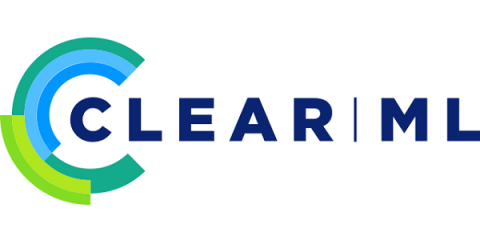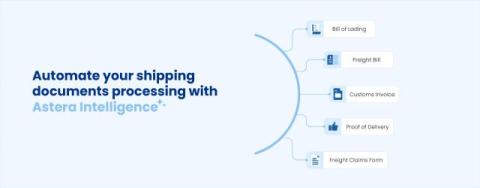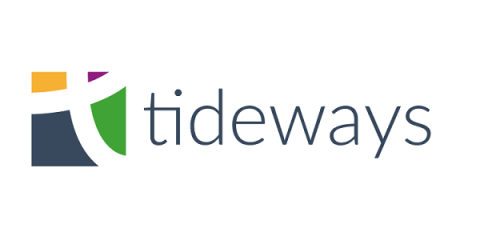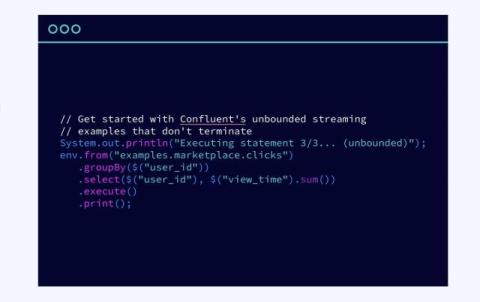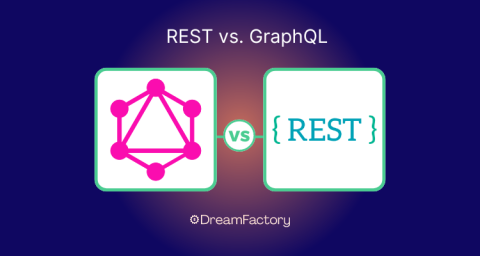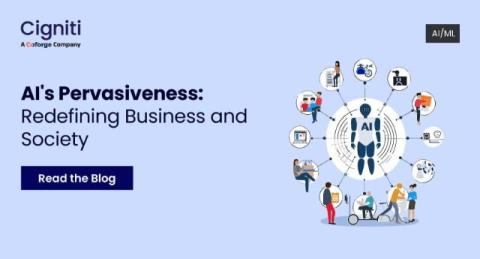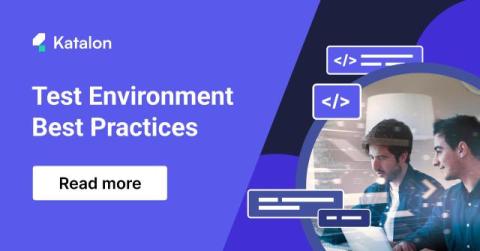The Cloud Exit: Cost, Security, and Performance Driving the Move Back to On-Premises
The last decade has seen a giant shift by organizations into the cloud for software, storage, and compute, resulting in business benefits ranging from flexibility and lower up-front costs to easier maintenance. But lately we have seen more and more companies re-evaluating their cloud strategies and opting to move their data back to on-premises infrastructure due to several key factors.


